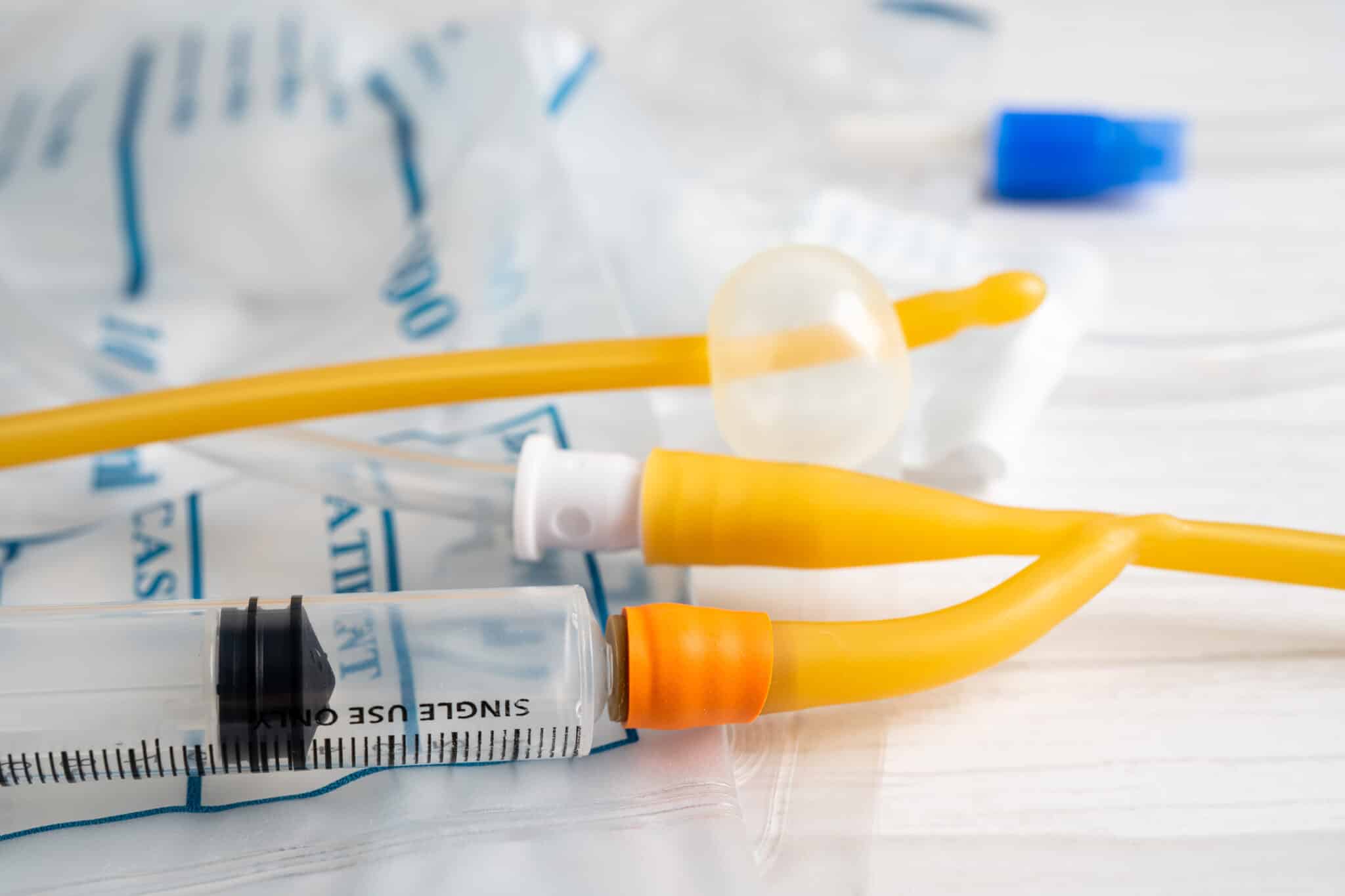Introduction
In the realm of emergency reaction, understanding how to check for responsiveness is a critical skill that can mean the distinction between life and death. Whether you're an average onlooker or a trained medical care expert, recognizing the nuances of assessing a casualty's problem is vital. This write-up aims to give extensive understandings right into various elements of examining responsiveness in emergency situations. By diving right into subjects such as standard vs advanced life support, healthcare facility codes and protocols, and public defibrillator usage, we will furnish you with the expertise needed to act successfully when it matters most.
How to Effectively Examine Responsiveness in Emergencies
When faced with an unconscious or unresponsive individual, your very first job is to establish their degree of responsiveness. But just how do you go about this? The procedure begins with a detailed assessment of the casualty's state:
Approach Safely: Guarantee the area is risk-free for both you and the victim. Assess Responsiveness: Carefully shake the individual's shoulder and noisally ask if they're okay. Check Breathing: If there's no feedback, look and listen for typical breathing.This fundamental method establishes the stage for more advanced treatments if necessary.
The Importance of Inspecting Responsiveness
Checking responsiveness functions as a gateway to further clinical treatment. Recognizing whether a person is responsive aids in establishing whether basic life support (BLS) or more advanced life support (ALS) procedures are required.
Basic vs Advanced Life Support
- Basic Life Assistance (BLS) covers vital methods such as mouth-to-mouth resuscitation and using an Automated External Defibrillator (AED). Advanced Life Assistance (ALS) entails advanced clinical interventions typically executed by medical care professionals.
Understanding these distinctions highlights why inspecting responsiveness is important; it determines which procedure needs to be activated.
Identifying No Breathing
One vital facet of emergency action is identifying whether somebody is breathing or otherwise. Identifying "no breathing" can be challenging however crucial:

If First Aid Courses in Port Macquarie an individual isn't taking a breath, launch mouth-to-mouth resuscitation immediately while requiring emergency help.
Maintaining Calmness During Emergencies
When confronted with emergency situations, it's very easy to panic, but maintaining composure can significantly boost results:
- Take deep breaths. Focus on what requires to be done step-by-step. Remind on your own that you have training or understanding that can help.
Composure permits you to believe clearly and act emphatically when checking responsiveness and offering care.
Public Defibrillator Usage
Public rooms commonly have actually Automated Outside Defibrillators (AEDs) offered, making it vital to recognize just how they operate:

Knowing just how to use these devices can significantly boost survival rates during cardiac emergencies.
Hospital Codes and Protocols
Every hospital has developed protocols concerning emergency situation actions:
- Codes like "Code Blue" commonly suggest a client calling for prompt resuscitation efforts. Familiarizing yourself with these codes can improve interaction when handing over a casualty to medical team at a healthcare facility setting.
Taking Turns on Compressions
Performing mouth-to-mouth resuscitation efficiently calls for stamina and emphasis; hence taking turns on compressions can be useful:
Change rescuers every 2 minutes if possible. Ensure that compressions correspond without disturbance during handoffs. Maintain correct depth-- ideally regarding 2 inches in grownups-- and price-- a minimum of 100 compressions per minute.These suggestions ensure that top notch compressions are preserved throughout until expert help arrives.
Lower Compression Deepness vs Greater Compression Depth
The compression deepness throughout CPR has considerable effects:
- A lower compression deepness could not distribute blood properly sufficient, whereas unfathomable might create injury.
The ideal depth typically drops around 5-- 6 cm (concerning 2-- 2.5 inches) for adults yet need to always be reviewed based upon situational needs.
Slow Compression Rate
While preserving adequate speed is essential throughout CPR compressions, slow compression rates may minimize effectiveness:
- Aim for consistent rhythmic compressions without hurrying through them.
A quick yet regulated technique makes sure maximum blood flow till emergency -responders take control CPR Course Port Macquarie of care.
FAQs
1. What should I do initially when I locate somebody unresponsive?
First, make sure safety and security for both you and the target prior to checking their responsiveness by delicately trembling them and asking if they are okay.
2. Exactly how do I know if someone requires CPR?
If the person does not respond verbally or physically after drinking them and reveals signs of no breathing or unusual breathing patterns, start mouth-to-mouth resuscitation immediately.
3. Can anybody use a public defibrillator?
Yes! Public defibrillators are made for use by nonprofessionals; numerous come with clear voice directions directing individuals via each step of operation.
4. What are hospital codes?
Hospital codes refer to specific expressions made use of within clinical centers showing particular emergencies demanding prompt feedback from personnel-- like "Code Blue" signaling cardiac arrest situations.
5. Is BLS accreditation necessary?
While it's not obligatory for everyone, obtaining BLS qualification prepares individuals for emergency situations entailing grown-up targets needing basic life support techniques effectively.
6. How much time ought to I carry out mouth-to-mouth resuscitation before stopping?
Continue performing mouth-to-mouth resuscitation up until expert assistance shows up or till you observe indications of recuperation such as regular breathing or motion from the casualty.
Conclusion
Understanding how to efficiently inspect responsiveness in emergency situations incorporates a number of critical aspects-- from acknowledging no breathing signs to utilizing public defibrillators successfully. The capacity to keep calmness under stress while taking crucial actions like carrying out top notch mouth-to-mouth resuscitation can not be overstated; they contribute substantially toward enhancing survival rates in crucial situations.
Equipping oneself with understanding concerning hospital codes and methods even more enhances communication upon transferring care to professional -responders-- an essential action towards making certain optimal results in dilemma situations entailing unconscious people needing immediate aid! Therefore, whether you're a day-to-day citizen or part of healthcare training programs such as BLS accreditation training courses-- mastering these abilities will certainly empower you with self-confidence when it absolutely counts!